
North Dakota, with its vast landscapes ranging from the beautiful great plains to the rugged Badlands, offers a unique hunting experience for enthusiasts.
The state is not only known for its scenic beauty but also for its prosperous hunting seasons.
Whether you’re a seasoned hunter or a beginner, North Dakota has something to offer for everyone.
In this guide, we’ll check the various hunting seasons in North Dakota, ensuring you’re well-prepared for your next hunting adventure.
North Dakota Hunting Season:
The north dakota hunting seasons are a much-anticipated time for enthusiasts, offering a diverse range of north dakota game to pursue. Whether you’re a resident or a visitor, North Dakota provides a unique hunting experience, but it’s essential to secure a north dakota hunting license before embarking on any adventure.
North Dakota hunting traditions are deeply rooted, with deer hunting being one of the most popular activities. The deer hunting season sees a surge of north dakota hunters, all eager to bag that trophy buck.
The state’s fish department has meticulously managed the game populations, ensuring sustainable hunting for future generations. The Missouri river zone is a hotspot for waterfowl, especially during the youth waterfowl season.
While night hunting statewide is generally restricted, there are specific periods and regulations to be aware of. Many hunters prefer using archery equipment, especially during the early parts of the season.
The elusive mountain lion is also a sought-after game, especially during the early season. When hunting deer, it’s not uncommon to encounter both white-tailed and mule deer, each offering a unique challenge.
Hunting Rules in North Dakota:
- All hunters must obtain the appropriate permits or licenses.
- Big game species often require selection through a permit lottery system.
- Mandatory for hunters born after December 31, 1961.
- Must carry proof of certification while hunting.
- Specific to each game species.
- Limits set to ensure sustainable hunting practices.
- Certain calibers and types of firearms/ammo are specified for different game.
- Fully automatic firearms are prohibited.
- Typically from one-half hour before sunrise to one-half hour after sunset.
- Exceptions may apply for specific game.
- During certain seasons, wearing a specific amount of fluorescent orange is mandatory for safety.
Public Hunting Areas in North Dakota
North Dakota boasts a rich tapestry of public hunting lands, ensuring that hunters have ample opportunities to pursue their passion. These areas, managed by the state and federal agencies, are spread across North Dakota’s diverse landscapes.
Notable public hunting areas include the National Wildlife Refuges, Waterfowl Production Areas, and the PLOTS (Private Land Open To Sportsmen) program.
The PLOTS program, in particular, is a collaboration between the North Dakota Game and Fish Department and private landowners, providing hunters with access to private lands for hunting.
Always ensure you’re familiar with the specific regulations of each area before setting out.
Guns and Equipment for Hunting Season in North Dakota
The equipment you choose for hunting in North Dakota largely depends on the game you’re pursuing and the season. For big game like deer and elk, centerfire rifles are commonly used, while shotguns are preferred for bird hunting.
Archery equipment, including compound bows, recurves, and crossbows, is also popular, especially during designated archery seasons. Additionally, muzzleloaders offer a traditional hunting experience and have their own specific season.
It’s essential to ensure that your firearm or bow meets the state’s specifications for caliber, draw weight, and other factors.
Apart from weapons, other essential equipment includes appropriate camouflage or blaze orange clothing (as required), binoculars, hunting knives, and calls or decoys for certain game species.
Limits for North Dakota Counties
Bag limits in North Dakota vary based on the game species and, in some cases, by county or region. These limits are set to ensure sustainable hunting practices and healthy game populations.
For instance, deer hunting might have different tag allocations or limits based on the county and the deer population in that area. Similarly, bird species like pheasant or Hungarian partridge will have daily and possession limits.
Bighorn Sheep Hunting Season in North Dakota:
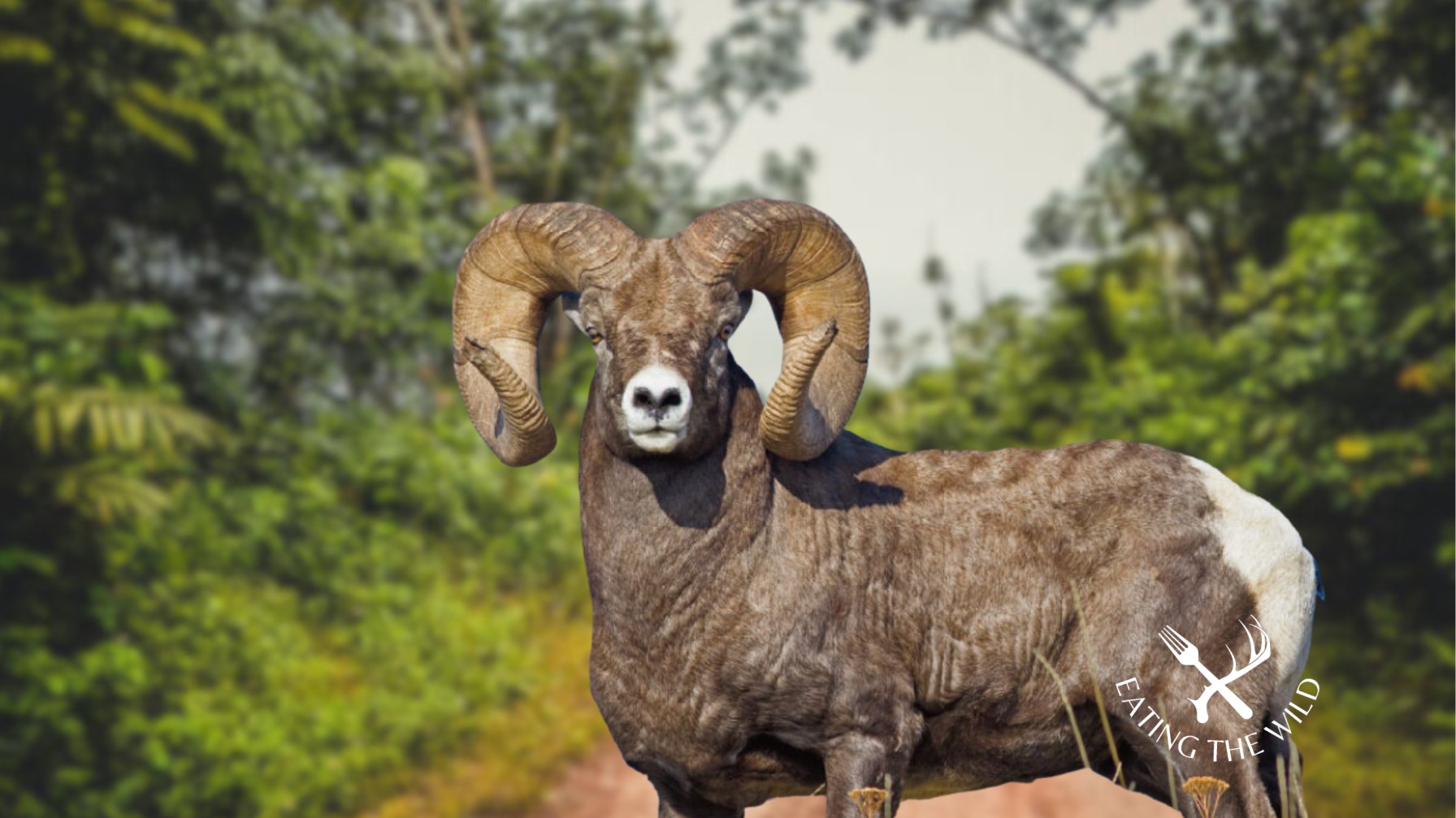
Bighorn Sheep, one of the most majestic animals native to North America, have become a sought-after game for many hunting enthusiasts, especially in North Dakota.
The state offers a unique opportunity to hunt these magnificent creatures, but there are certain aspects that hunters should be aware of.
Season Duration:
The general hunting season for Bighorn Sheep in North Dakota is set from October 28 to December 31.
This period is carefully chosen based on the sheep’s breeding and migration patterns, ensuring that the population remains sustainable and healthy.
Permit Lottery System:
Unlike other games, hunting Bighorn Sheep in North Dakota isn’t as straightforward. Due to the limited number of Bighorn Sheep and the need to maintain a healthy population, the state has implemented a permit lottery system.
This means that hunters cannot simply buy a license to hunt Bighorn Sheep. Instead, they must apply and be selected through a lottery system.
This not only controls the number of hunters but also ensures that the hunting is spread out, reducing pressure on any single herd.
Elk Hunting Season in North Dakota:
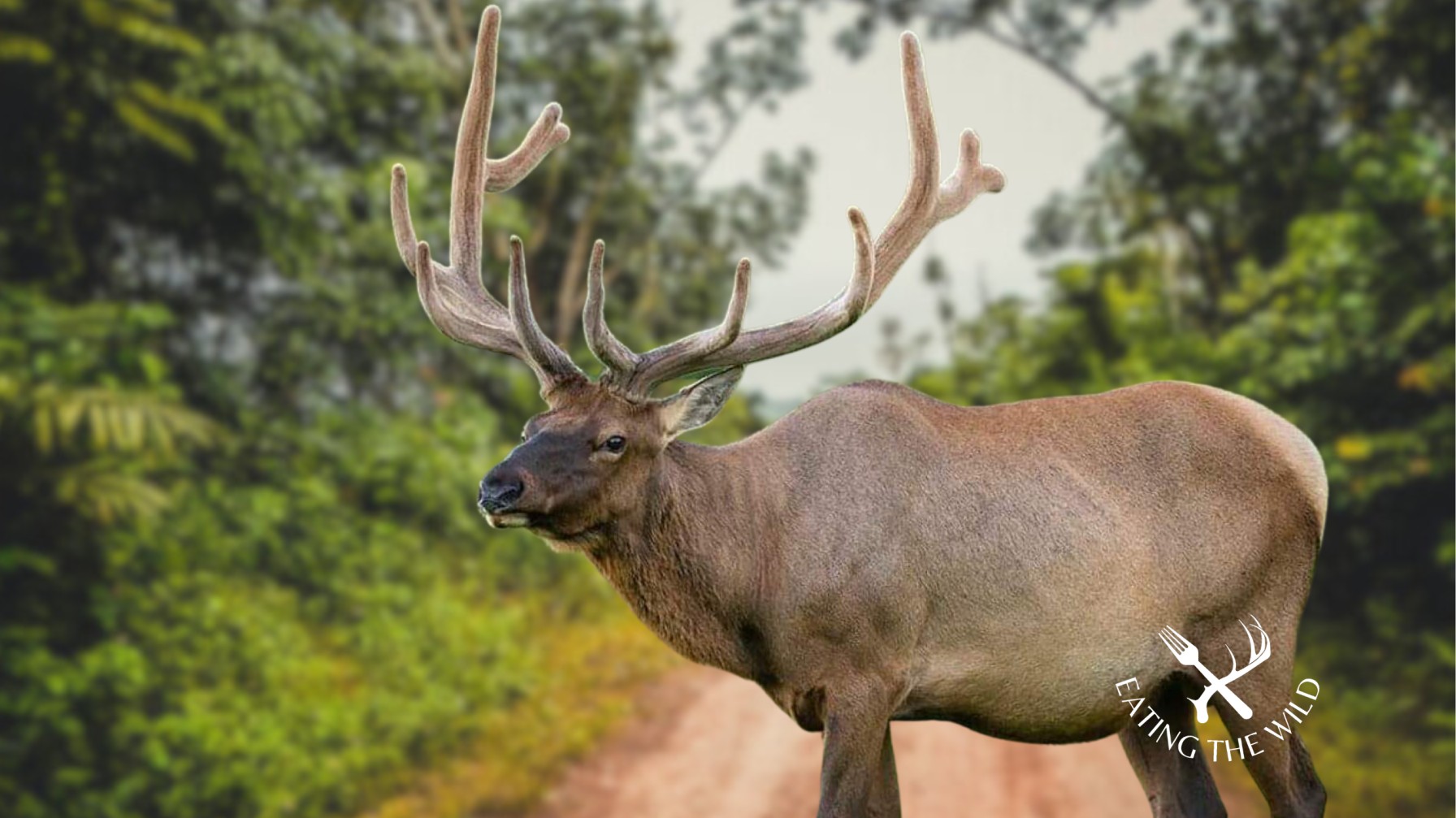
Elk, with their majestic antlers and imposing stature, are among the most iconic wildlife species in North America.
North Dakota, with its diverse landscapes, offers a unique backdrop for elk hunting, making it a sought-after destination for hunters worldwide.
Here’s a closer look at elk hunting in the state:
Archery Season:
For those who prefer the challenge and precision of bow hunting, North Dakota’s archery season for elk runs from September 2 to 25.
This period allows hunters to experience the early stages of the elk rut, where bulls are more vocal and active, making it a thrilling time to be in the field.
General Season:
Following the archery season, the general hunting season for elk extends from September 2 to January 1. This longer window provides ample opportunity for hunters to track and hunt elk during various phases of their seasonal behaviors, from the rutting period to the early winter months.
Moose Hunting Season in North Dakota:
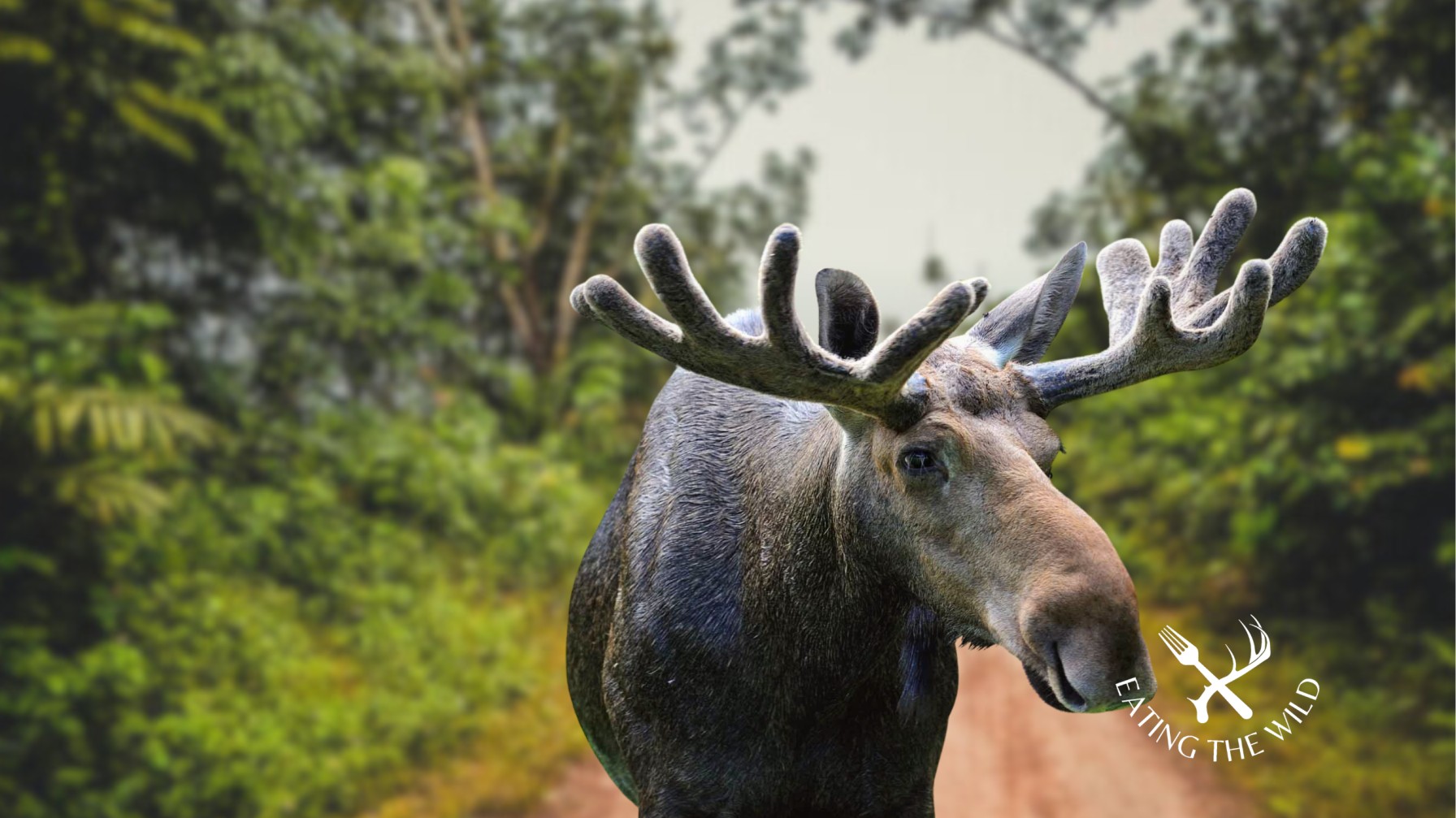
Moose, known for their towering stature and broad antlers, are a symbol of the North American wilderness.
In North Dakota, the opportunity to hunt these magnificent creatures is both a privilege and a challenge, given the state’s commitment to sustainable wildlife management.
Archery Season:
For those who relish the silent pursuit, the archery season for moose in North Dakota starts on September 2 and concludes on September 25.
This period allows hunters to engage with moose during a time when they are relatively active, preparing for the rut and the colder months ahead.
General Season:
Post the archery season, the general moose hunting season begins on October 7 and runs through October 30.
This window offers hunters the chance to experience moose behaviors during the rut, a time when bulls are particularly active, vocal, and, at times, more predictable in their movements.
Pronghorns Hunting Season in North Dakota:
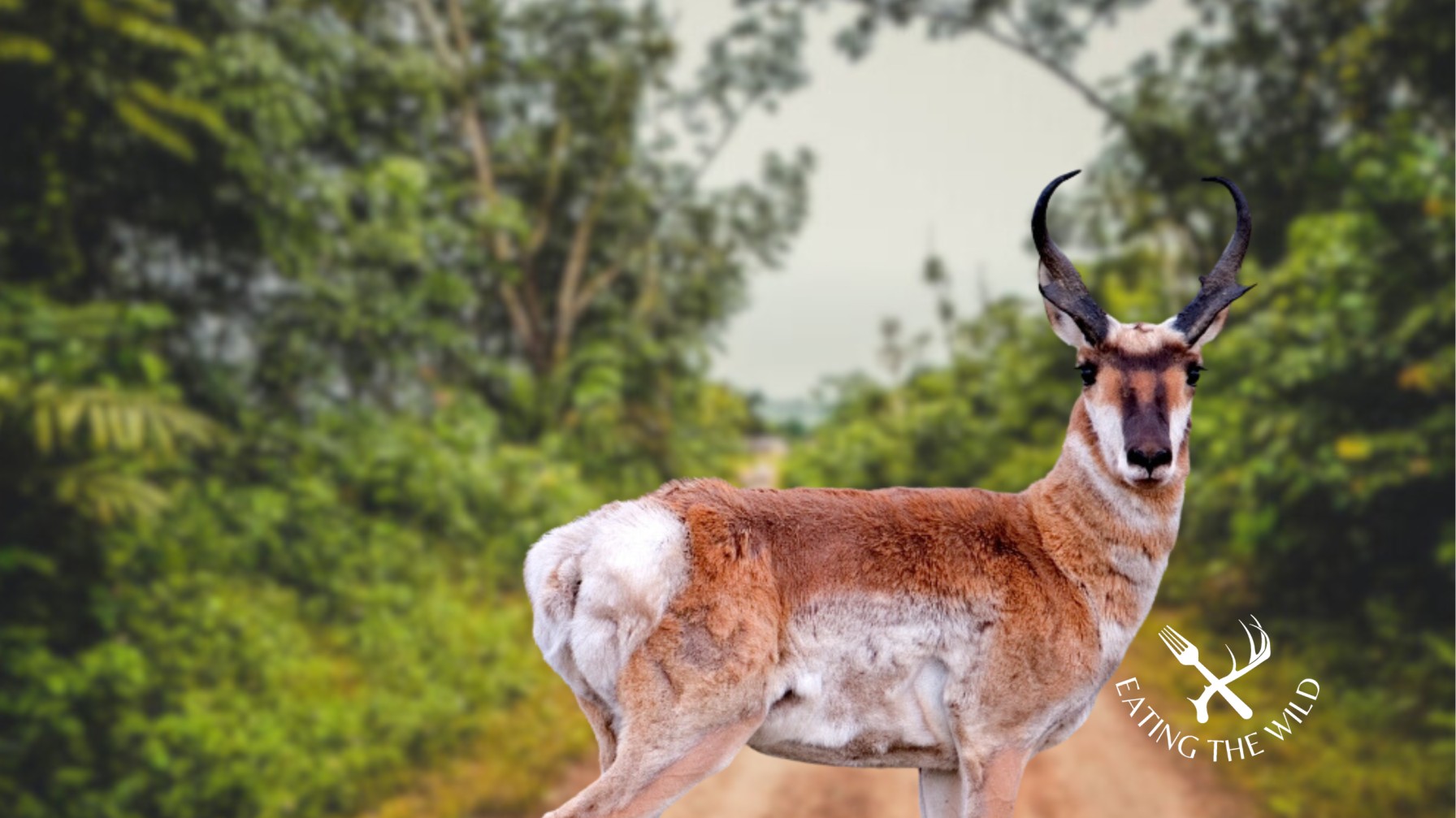
Pronghorns, often referred to as “American antelope,” are unique creatures native to North America, known for their incredible speed and distinctive appearance.
North Dakota offers hunters a chance to pursue these agile animals in their natural habitat.
Archery Season:
For those who have a penchant for the precision and challenge of bow hunting, North Dakota’s archery season for pronghorn starts on September 2 and extends until September 25.
This period is particularly exciting as pronghorns are gearing up for the rut, making them more active and, at times, less wary.
General Season:
Following the archery season, the general pronghorn hunting season commences on October 7 and concludes on October 23.
This window provides hunters with the opportunity to witness pronghorns during the peak of the rut, a time when their behaviors are most pronounced and observable.
Deer Hunting Season in North Dakota:

Deer, with their graceful movements and iconic antlers, has long been a favorite among hunters.
North Dakota, with its varied terrains and habitats, offers a rich hunting ground for those seeking the thrill of pursuing these majestic animals.
Archery Season:
For enthusiasts who prefer the silent and challenging approach of bow hunting, North Dakota’s archery season for deer spans from September 2 to January 1.
This extended period allows hunters to experience various phases of deer behavior, from the early pre-rut activities to the late-season patterns when deer are more focused on food sources.
Youth Season:
Recognizing the importance of introducing the next generation to the traditions of hunting, North Dakota has a dedicated youth season from September 16 to 25.
This season allows younger hunters to experience the thrill of the hunt, often with fewer pressures and in more favorable conditions.
Firearms Season:
The firearms season, running from November 11 to 20, is perhaps the most anticipated among many hunters.
During this time, the rut is in full swing, and deer are more active, offering increased opportunities for successful hunts.
The sound of distant gunshots becomes a familiar backdrop, signaling the peak of deer hunting in North Dakota.
Muzzleloader Season:
For those who appreciate the traditional methods of hunting, the muzzleloader season, from November 25 to December 11, offers a unique experience.
Using these primitive firearms requires skill, patience, and a deep understanding of deer behavior, making each successful hunt a testament to the hunter’s prowess.
Turkey Hunting Season in North Dakota:
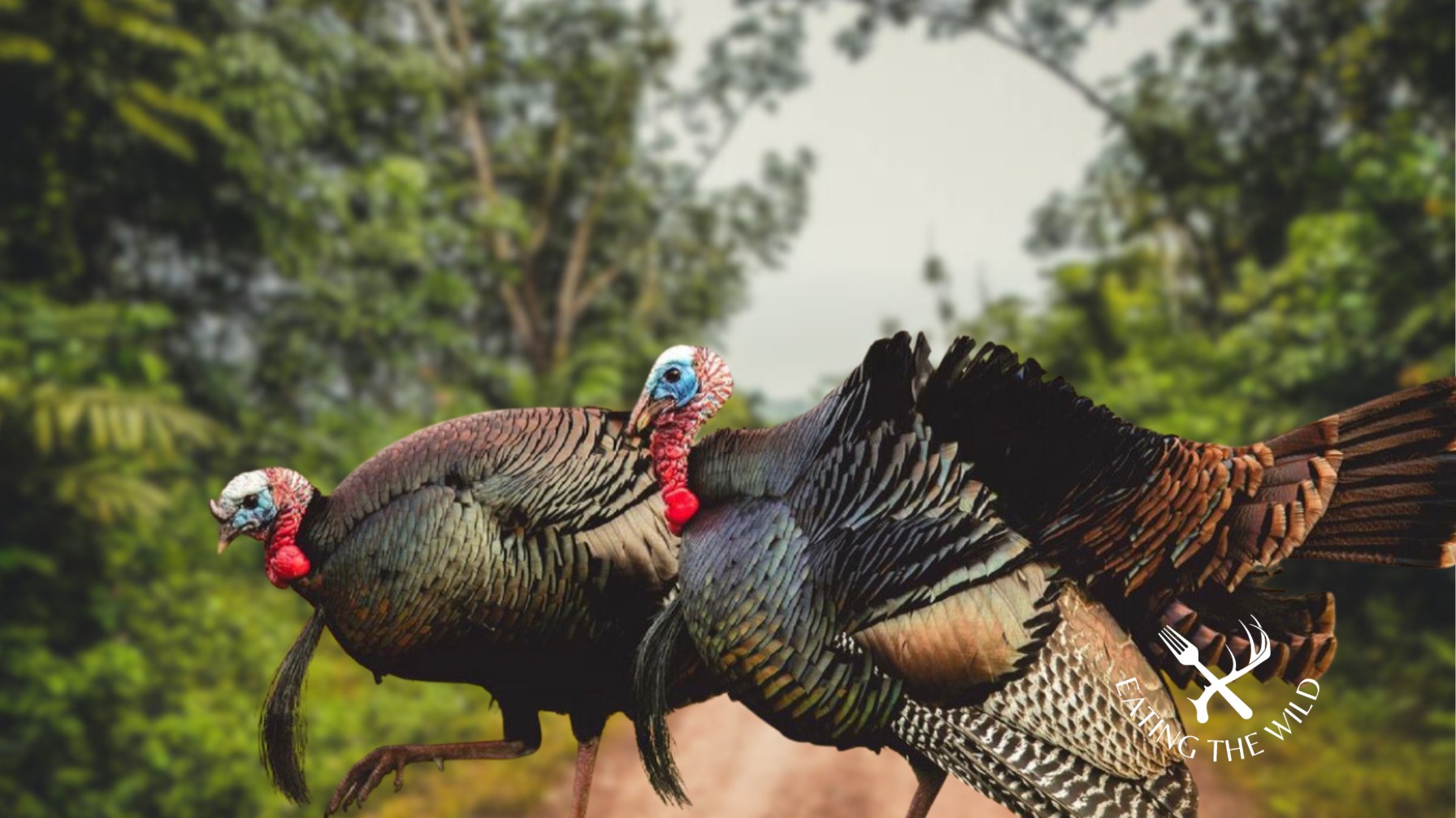
Wild turkeys, with their distinctive gobble and impressive fan of tail feathers, are a captivating sight in the wild.
North Dakota, with its diverse habitats ranging from woodlands to open prairies, provides an ideal setting for those eager to pursue these elusive birds. Here’s a closer look at turkey hunting in the Peace Garden State.
Fall General Season:
The fall is a special time for turkey hunters in North Dakota. As leaves change color and temperatures drop, the fall general season for turkey hunting commences on October 9 and extends until January 1.
This period offers hunters the chance to observe turkeys as they forage and prepare for the winter months, making it a prime time for hunting.
Small Game Hunting in North Dakota: A Diverse Adventure
While big game often takes the spotlight in hunting discussions, small game hunting offers its own set of challenges and rewards.
North Dakota, with its varied landscapes and habitats, is a haven for small game enthusiasts.
From the nimble tree squirrel to the elusive Hungarian partridge, the state provides a rich tapestry of hunting opportunities.
Pheasant:
One of the most iconic game birds, pheasants are known for their vibrant colors and explosive take-offs. The pheasant season in North Dakota is from October 8 to January 1.
These birds thrive in grasslands, croplands, and wetlands, making them a versatile game to pursue. Their distinctive calls and behaviors make pheasant hunting a sensory-rich experience.
Grouse:
With their drumming sounds and swift flights, grouse are a favorite among bird hunters.
The grouse season runs from September 10 to January 1. Found in wooded areas and grasslands, grouse hunting often involves navigating dense terrains.
Their unpredictable flight patterns require hunters to be alert and ready for quick shots.
Preparation and Gear:
Small game hunting, while seemingly straightforward, requires meticulous preparation. Understanding the habits and habitats of the target species is crucial.
The right gear, from lightweight shotguns to appropriate clothing, can make a significant difference. For bird hunting, a reliable bird dog can be an invaluable companion, helping locate and retrieve game.
Conservation and Ethics:
While small game is abundant, it’s essential to hunt ethically and understand bag limits. Conservation is a shared responsibility, and hunters play a pivotal role in ensuring the sustainability of these species.
Adhering to regulations and practicing ethical hunting ensures that future generations can also enjoy the thrill of the hunt.
Tree Squirrel Hunting Season in North Dakota:

The rustling of leaves, the quick darting movements, and the playful antics of tree squirrels make them one of the most engaging small game species to hunt.
In North Dakota, where the landscapes vary from dense woodlands to open fields, tree squirrels offer both novice and experienced hunters a unique challenge.
Activity Patterns:
Tree squirrels are diurnal creatures, meaning they’re most active during the daylight hours.
From the first light of dawn to the dimming hues of dusk, these creatures are on the move, searching for food, playing, or guarding their territory. This predictable pattern allows hunters to plan their outings accordingly.
Hunting Season:
The hunting season for tree squirrels in North Dakota spans from September 10 to February 28.
This period encompasses various stages of the squirrel’s life, from the busy foraging days of early fall to the colder winter months when they rely more on their cached food supplies.
Hungarian Partridge Hunting Season in North Dakota:

The Hungarian partridge, with its subtle plumage and evasive maneuvers, stands as a testament to the intricate dance between hunter and prey.
In the vast expanses of North Dakota, where grasslands stretch as far as the eye can see, the pursuit of this elusive bird becomes a game of strategy, patience, and skill.
Swift and Grounded:
Unlike many game birds that prefer to roost in trees, Hungarian partridges are ground-dwellers. Their swift flights, often low to the ground and in tight formations, can catch even experienced hunters off guard.
Their ability to blend into their surroundings, thanks to their mottled brown and gray plumage, adds another layer of challenge to the hunt.
Hunting Season:
The season for Hungarian partridges in North Dakota is set from September 10 to January 1.
This timeframe captures the essence of the bird’s life cycle, from the post-breeding period to the heart of winter, offering hunters varied experiences across the months.
Terrain and Habitat:
Hungarian partridges thrive in grasslands, cultivated fields, and areas with a mix of crops and cover. Their preference for such terrains means hunters need to adapt their strategies.
Open fields require a different approach compared to areas with dense cover or crops.
Frequently Asked Questions
What are the primary hunting seasons in North Dakota?
North Dakota offers a diverse range of hunting seasons catering to both big game and small game enthusiasts. Key seasons include deer, elk, bighorn sheep, moose, pronghorn, turkey, tree squirrel, Hungarian partridge, and more. Each species has specific season dates, and some may vary by region.
Do I need a permit to hunt in North Dakota?
Yes, most game species in North Dakota require a hunting permit. For many big game animals like deer, elk, moose, bighorn sheep, and pronghorn, hunting is accessible only through a permit lottery system.
It’s essential to check with the North Dakota Game and Fish Department for specific permit requirements and application procedures.
Can beginners hunt in North Dakota?
North Dakota offers a variety of hunting opportunities suitable for beginners. For instance, tree squirrel hunting is an excellent introduction for novices.
However, it’s recommended that beginners take a hunter education course and familiarize themselves with the state’s hunting regulations before heading out.
Are there region-specific restrictions for hunting in North Dakota?
Yes, some hunting seasons, especially for big game, might be restricted to specific regions or units within North Dakota.
These regional restrictions help manage game populations effectively and ensure sustainable hunting practices.
